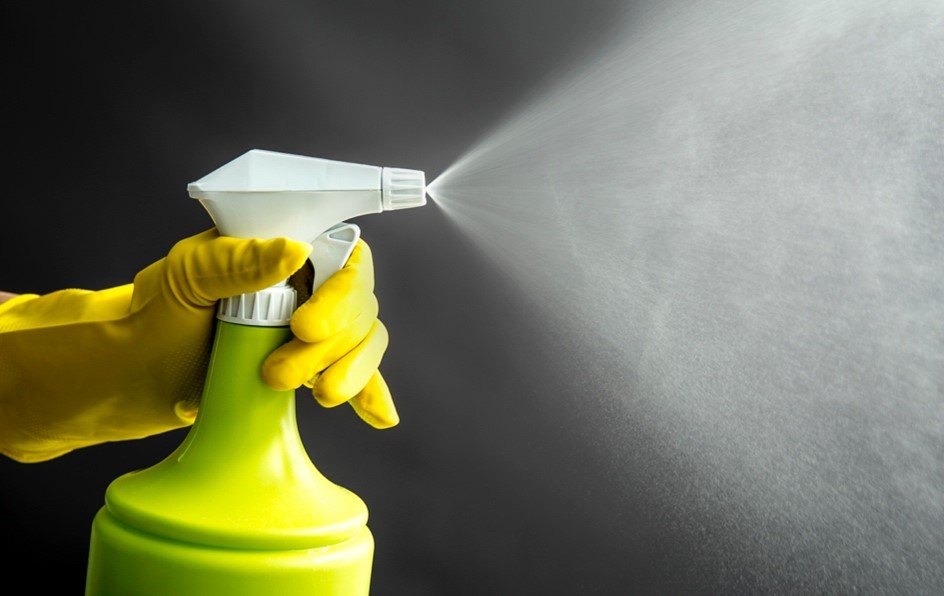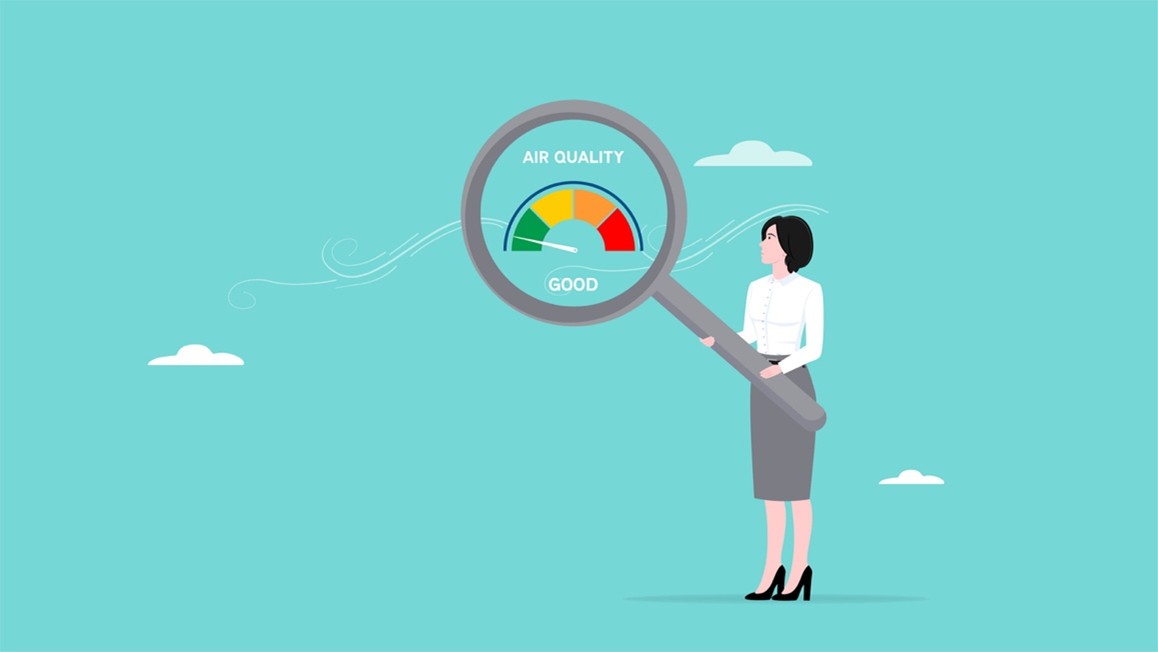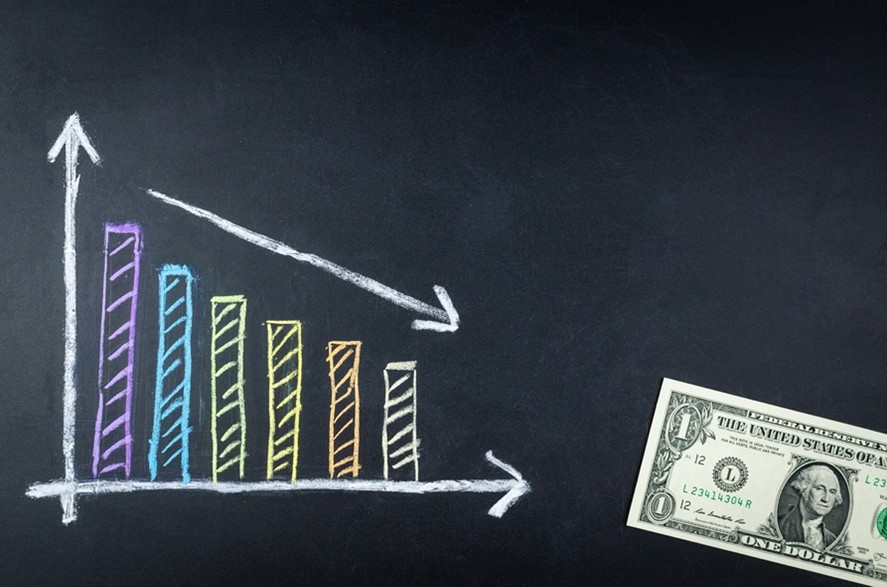Environmentally friendly green cleaning supplies for K-12 schools are finally being priced competitively and now make sense for K-12 schools to purchase. Price is often, of necessity, a dominant factor in purchasing decisions for school districts. But in addition to cost, traditional cleaning supplies have been identified as having a significant impact on indoor air quality that negatively affects children’s health. Replacing traditional cleaning products with healthier alternatives can greatly improve student health. A third factor in favor of green cleaning supplies is that many environmentally friendly cleaning products are produced locally. Schools that purchase locally can support nearby small businesses, the local community, and reduce transportation emissions: a win, win, win!
School leaders have struggled a long time with wanting to purchase environmentally friendly products for their schools, but ultimately their alliance is to the tax payers. They cannot justify paying higher prices for eco-friendly goods and services. But, one of the findings from a recent EDspaces survey of procurement professionals found that while many purchasing officers were reporting that environmentally friendly choices were more expensive than traditional products, there were three areas where green choices were becoming more cost effective: purchasing solar panels to generate electricity for the school, green options for building and renovation projects, and green cleaning supplies.
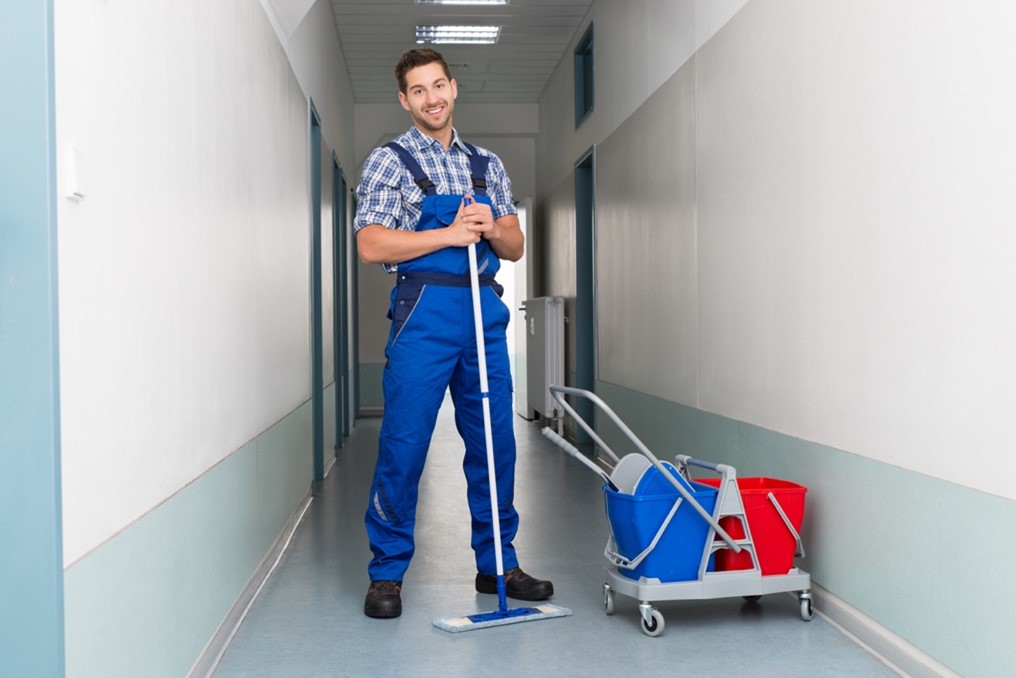
How to Identify Green Cleaning Supplies
Many companies now advertise that their products are eco-friendly, but the non-profit Green Seal provides a database of products that have been certified as green. The Green Seal website and database helps all types of institutions purchase healthier environmentally friendly products. The official Green Seal on a product ensures that the product has been verified as eco-friendly. Their database contains thousands of companies and products including floor cleaners, general purpose cleaners, paints, paper goods, adhesives, and laundry detergents. The database also contains a comprehensive list of businesses that provide these types of goods and Green Seal has also partnered with Amazon so that customers can search for Green Seal approved products on Amazon. Eco-Logo is another source to use to verify that a product is eco-friendly. Eco-Logo has a SPOT Product Database with 130,000 items.
Why Green Cleaners are more Cost-Effective
One common misconception about purchasing green cleaning supplies is that they are more expensive. This is often not true. A key feature of green cleaning products is that they are typically much more concentrated than traditional cleaning supplies so that a small amount of cleaning fluid, for example, can cover a lot of ground. Educating janitorial staff about appropriate use of these new cleaners is an important part of a school’s cost savings plan. By being extremely concentrated these cleaning supplies can be purchased less frequently and take up less storage space too.
Using metered dilution equipment rather than mixing chemicals by hand can greatly reduce the overuse of these cleaners and ensure that cleaning staff are mixing the appropriate amount of cleaning products. In the long run, this can save schools money. This equipment ranges from simple hand-held models to larger wall-mounted units.
Another myth about eco-friendly cleaning products is that they are not as effective at cleaning as their traditional counterparts. Though they are equally effective, some of these products – because they do not contain toxic chemicals – may require pre-soaking or additional time after being applied in order to clean effectively. Again, educating staff who are used to using chemical-based cleaners is crucial to successful implementation.
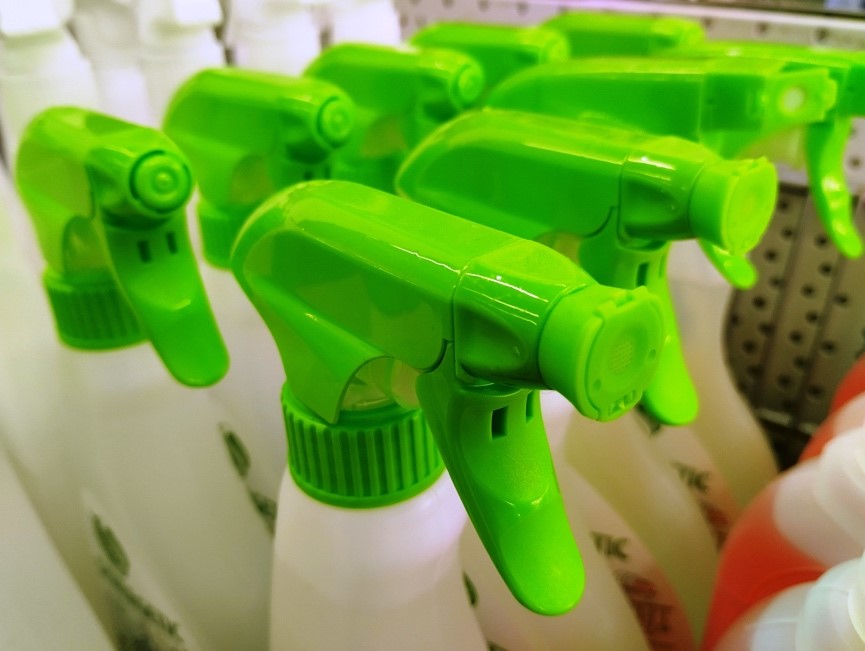
Promote Health
New research by a team of experts at the Healthy Buildings Program at the Harvard T. H. Chan School of Public Health identified air quality as one of nine foundational areas that make up a healthy building. In addition to improving ventilation in your school building, it is crucial to buy unscented and non-toxic cleaning supplies.
Traditional cleaning products typically contain strong chemicals that can cause allergic reactions and respiratory issues. Children with asthma make up more than 8% of students (4.6 million children in the US) and asthma is one of leading causes of absenteeism in schools today. Purchasing natural ingredients provides a much healthier environment for all students and staff. The Green Schools Initiative provides a list of verified asthma safe cleaners and disinfectants.
Support Local Businesses
When possible, try to buy green cleaning supplies from a local business or supplier. Buying local can keep funds in the community and help support the local economy. Ask neighboring schools where they purchase their cleaning supplies.
Another strategy is to use the Environmental Protection Agencies “SmartWay” program. This program helps businesses move goods in the most fuel-efficient way possible, learning to lower emissions and have a smaller environmental impact. Sustainable shipping practices help companies optimize their transportation practices, save money, and improve air quality. Use this list of SmartWay Transport Partners for arranging shipment of your green cleaning products.
K-12 schools can lead their communities in switching to green products and reducing their carbon footprint. Help lead the way by making sustainable choices that will contribute to our effort to improve the health of our planet.

Leslie Stebbins is the director of Research4Ed. She has more than twenty-five years of experience in higher education and K-12 learning and instructional design. She has an M.Ed. from the Technology Innovation & Education Program at the Harvard Graduate School of Education and a Master’s in Library and Information Science from Simmons College.

